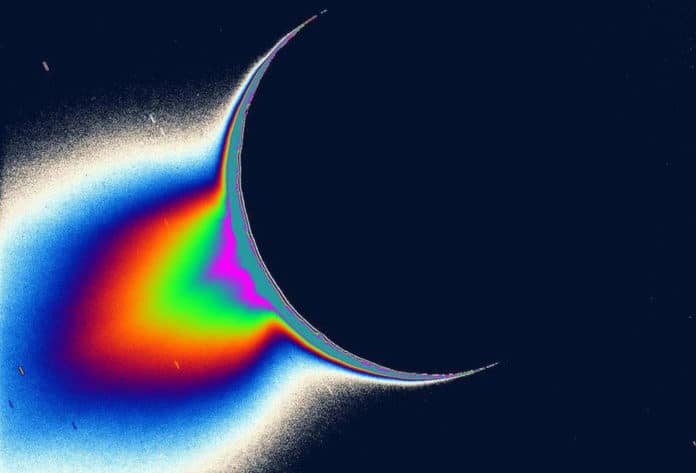Since years, scientists believe that life originated in the oceans, as the primary divisions and the events of evolution took place there. Now, NASA scientists have reproduced in the lab to replicate the conditions in the deep ocean to find out building blocks of life on the ocean floor some 4 billion years ago.
In an attempt to identify the life on the other planets, scientists are focusing on how the building blocks of life form in hydrothermal vents on the ocean floor.
To re-create hydrothermal vents in the lab, the team made their own miniature seafloors by filling beakers with mixtures that mimic Earth’s primordial ocean. These lab-based oceans act as nurseries for amino acids, organic compounds that are essential for life as we know it. Like Lego blocks, amino acids build on one another to form proteins, which make up all living things.
Hydrothermal vents are places where natural chimneys form, releasing fluid heated below Earth‘s crust. When these chimneys interact with the seawater around them, they create an environment that is in constant flux, which is necessary for life to evolve and change. This dark, warm environment fed by chemical energy from Earth may be the key to how life could form on worlds farther out in our solar system, far from the heat of the Sun.
Astrobiologist Laurie Barge said, “Understanding how far you can go with just organics and minerals before you have an actual cell is really important for understanding what types of environments life could emerge from. Also, investigating how things like the atmosphere, the ocean and the minerals in the vents all impact this can help you understand how likely this is to have occurred on another planet.”
The team produced its own Young-Earth-Ocean-In-A-Glass, containing water, minerals and the molecules ammonia and pyruvate that are usually found near hydrothermal vents and are seen as precursors to the building blocks of life. Heating the mixture to 158 degrees Fahrenheit (70 degrees Celsius) and decreasing the oxygen content provided them with a laboratory model of the conditions of the “primordial ocean”.
In the early-Earth aquarium, one notable amino acid was produced: Alanine. The molecule is regarded as critically important in the synthesis of proteins, which perform a dizzying array of normal functions in organisms from bacteria to humans. The team also found lactate, which some scientists believe could also be a precursor molecule that allows life to flourish.
Barge said, “We’ve shown that in geological conditions similar to early Earth, and maybe to other planets, we can form amino acids and alpha hydroxy acids from a simple reaction under mild conditions that would have existed on the seafloor.”
Though, scientists have not created life itself in the experiment but have shown how the building blocks that eventually become life may arise in the deep ocean around these vents.

Lucy Stewart, a marine microbiologist at New Zealand’s GNS Science who wasn’t affiliated with the study said, “Knowing how they can be created at a hydrothermal vent is one more step to understanding how the full process of biogenesis may have played out 4 billion years ago. Follow-up studies will continue to probe their lab-grown ocean to look for other potential amino acids and precursor molecules.”
This study could help other scientists to best pick the spots in the cosmos that could harbor life, and they already feel good about a few interplanetary locations.
Barge explained, “Understanding the conditions that are required for life’s origin can help narrow down the places that we think life could exist.”
The study is published in the journal Proceedings of the National Academy of Sciences.
